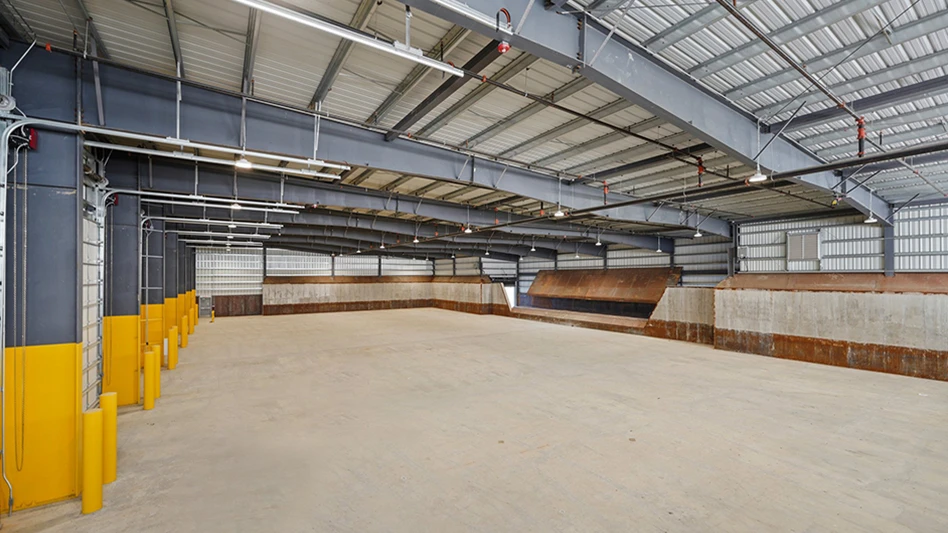In early March, the California-based Global Alliance for Incinerator Alternatives (GAIA) publicized its Beyond Recovery campaign aimed at promoting waste management alternatives to landfill and incineration. Part of this campaign included reference to a study that demonstrated the job creation differential between landfilling, waste-to-energy plants, mechanical recycling and other options.
States GAIA, “The data is clear: Zero waste creates over 200 times as many jobs as landfills and incinerators!” An accompanying chart credits mechanical recycling as creating 50 jobs for every one created by landfilling or incinerating a like amount of material, while repair and reuse options score a 200 to 1 ratio.

The GAIA, as its name implies, often challenges the construction of waste-to-energy facilities. It also claims as part of its mission to challenge the “unsustainable cycle of drilling, clearcutting and mining our natural resources,” which can put the group in alignment with private sector recyclers.
Job creation can be an important policy agenda item, but the figures being touted by GAIA may demonstrate something unintended: the efficiency of landfilling and waste-to-energy as the traditional means of handling discarded materials.
Materials such as metal, asphalt, concrete and cardboard have been established as highly recyclable. Suitable return on investment can be gained recycling these materials with little or no government support—and jobs are created.
Plastic is the current center of attention, and much of that sector’s recycling-related grief was caused by its ability to quickly take market share from other, more recyclable materials. Its market share reach exceeded its recycling grasp.
Much of the scrutiny on plastics stems from its presence in oceans and the natural environment. A 2017 study concluded the vast majority of “ocean plastic” deposited there by inland rivers was being generated in nations with less developed economies. Those countries, concurrently, have underdeveloped waste collection systems and insufficient numbers of regulated, lined and covered landfills.
In nations with developed economies, the question of who will pay for plastic recycling remains a point of contention between government agencies, corporations in different parts of the manufacturing and retail chain, taxpayers, household consumers, and this publication’s waste and recycling sector readers.
Another question arises as to whether labor-intensive recycling will be supported for very long by the private sector or taxpayers. Even residents in cities and states who tend to support recycling probably don’t want to see their tax dollars support a ballooning payroll of hand sorters. Also worth mentioning is that few college graduates, recently discharged veterans or anyone else entering the workforce seem to crave a career as a hand sorter.
In early March, as Denver-based AMP Robotics announced it intended to develop its own sorting plants, the company’s CEO Matanya Horowitz remarked, “Secondary sortation efforts are not new, but have been held back by how to make it work economically and at scale.”
That observation jibes with the math from the GAIA. Recycling rates can, and ideally will, continue to grow in North America and elsewhere. But the answer probably lies in efficiency, not busy work.
Get curated news on YOUR industry.
Enter your email to receive our newsletters.
Explore the April 2021 Issue
Check out more from this issue and find your next story to read.
Latest from Waste Today
- ReMA board to consider changes to residential dual-, single-stream MRF specifications
- Miller Environmental Group Inc. appoints CEO
- DPI acquires Concept Plastics Co.
- Laurel Mountain Capital announces investment in 5280 Waste Solutions
- Cielo investor requests annual meeting
- WIH Resource Group celebrates 20th anniversary
- NWRA: NIOSH cuts a step in the wrong direction
- Valicor Environmental services acquires Affordable Waste Management





